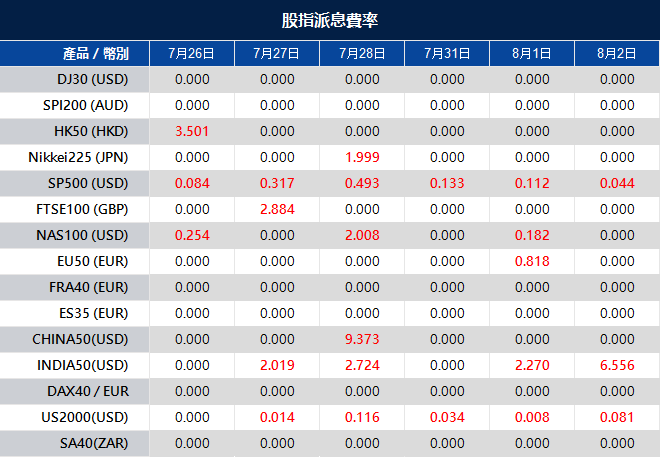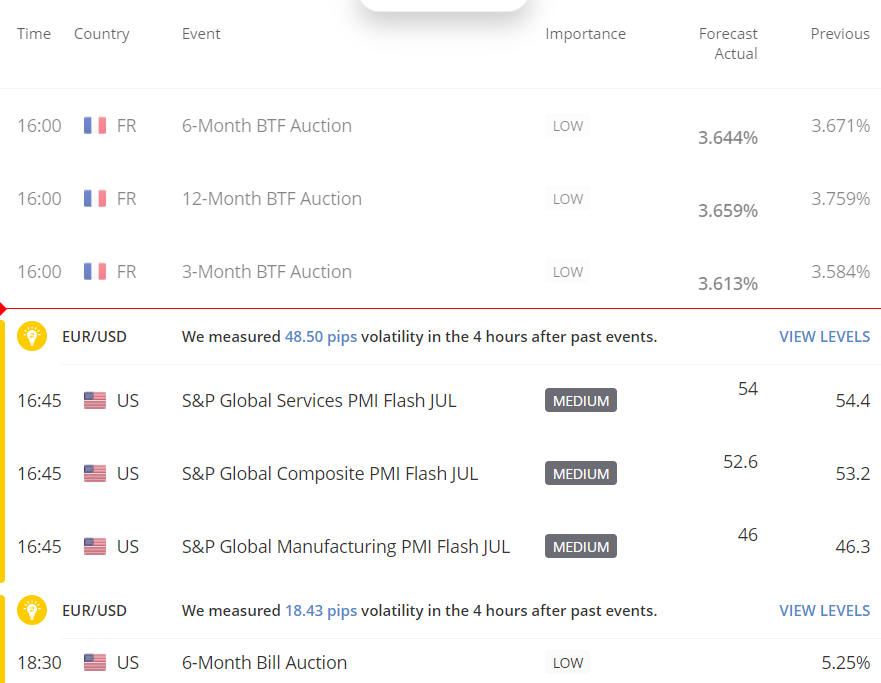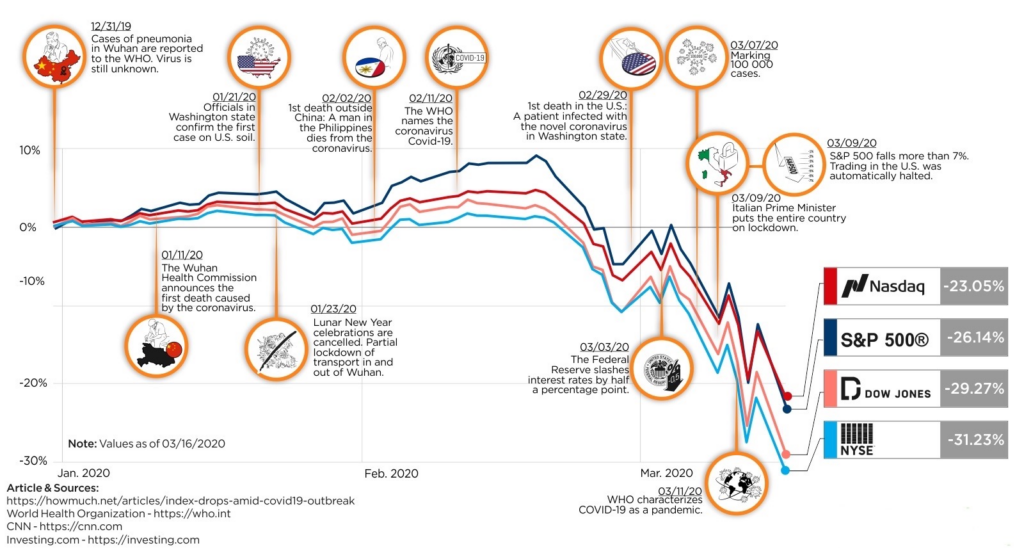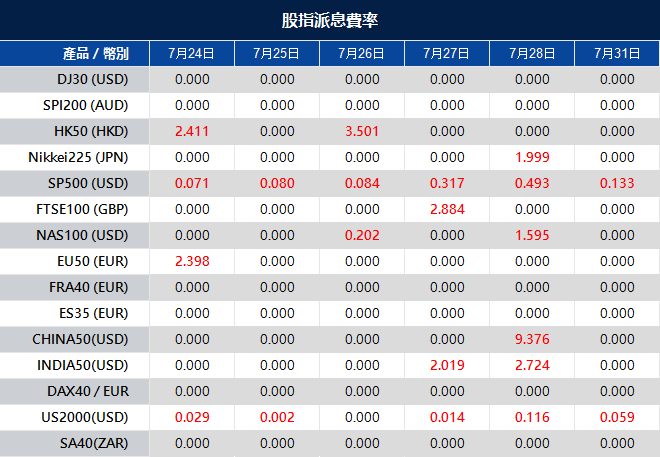The Dow Jones Industrial Average’s extraordinary winning streak of 13 consecutive gains came to a halt as investors opted to take profits, leading to a 0.67% decline, with the index closing at 35,282.72 points. The historic run, dating back to 1897, would have tied the record if it had gained for a 14th day. The bullish momentum had been driven by promising economic signs, such as evading a recession, decreasing inflation, and strong corporate earnings. However, the recent surge in the 10-year Treasury yield above 4% and uncertainty surrounding the Federal Reserve’s rate hike decisions caused market sentiment to waver. With upcoming data releases in sight, traders are closely observing the economic indicators, speculating on the Fed’s potential response, as the central bank’s actions may have a significant impact on market trends.
One contributing factor to the Dow’s previous gains was the robust performance of companies like Meta Platforms, whose shares surged 4.4% due to impressive quarterly results and promising guidance, fueled by a rebound in advertising revenue. Additionally, the latest gross domestic product (GDP) reading for the second quarter indicated a 2.4% rise, surpassing economists’ expectations. Notably, the report suggested that price pressures were easing, with the personal consumption expenditures price index rising 2.6%, lower than anticipated. Despite the Fed’s recent rate hike, investors remained relatively optimistic, believing that Federal Reserve Chair Jerome Powell’s commitment to data-driven decision-making could potentially prevent further aggressive monetary tightening. However, the Dow’s remarkable winning streak came to an end, prompting caution among investors and heightened attention to forthcoming economic data releases.

Data by Bloomberg
On Thursday, all sectors in the market experienced a general decline, with the overall market showing a decrease of 0.64%. The Communication Services sector was an exception, bucking the trend with a gain of 0.85%. However, the Information Technology sector saw a slight dip of 0.34%. The Energy sector also experienced a modest decline of 0.54%, while the Materials sector faced a drop of 0.67%. Health Care and Consumer Staples sectors both declined by 0.77% and 0.81%, respectively. The Industrials and Consumer Discretionary sectors had larger losses, both falling by 0.82% and 0.87%, respectively. The Financials sector showed the most significant decrease, experiencing a notable drop of 1.29%. The Utilities sector followed closely with a decline of 1.73%, and the Real Estate sector suffered the largest loss, plummeting by 2.12%.
Major Pair Movement
On Thursday, the forex market witnessed a volatile session, with the dollar initially retreating after the Federal Reserve’s data-dependent stance but later rebounding. The yen surged higher following a report that the Bank of Japan (BoJ) would discuss tweaking its yield curve control at an upcoming meeting. This led to a significant impact on currency pairs like EUR/USD, which fell 0.9% to its lowest level since July 11. Additionally, USD/JPY faced fluctuations, initially rebounding but later dropping as the BoJ’s potential policy changes raised concerns about a stronger yen. The outcome of the BoJ meeting on Friday is closely watched, as any indications of a shift towards less accommodative policies may further strengthen the yen.
Furthermore, other factors influenced currency movements, such as surging Treasury yields, which contributed to the broader rise of the dollar and caused declines in currencies like Sterling, AUD/USD, and yuan. Traders are now awaiting several economic indicators scheduled for release on Friday, including Tokyo CPI, euro zone regional CPIs, U.S. core PCE, ECI, and Michigan sentiment, which could drive further market volatility and impact forex trends.
Picks of the Day Analysis
EUR/USD (4 Hours)
EUR/USD Plunges Amid Strong Dollar Surge After ECB Meeting and Upbeat US Data
The EUR/USD experienced a sharp decline on Thursday following the European Central Bank (ECB) meeting, driven primarily by the strength of the US dollar, which soared across the board due to encouraging US economic data. The data showed that the US economy surpassed expectations in the second quarter, with Initial Jobless Claims dropping to their lowest level in five months and Durable Goods Orders surging over 4% in June. This evidence of a healthy US economy overshadowed the ECB’s expected 25 basis points policy rate hike, as no further rate hike announcements were made, leaving all options open for the next meeting. The potential pause in monetary policy divergence between the US and the Eurozone could impact the EUR/USD exchange rate. Inflation data will play a crucial role in limiting the Dollar’s rally, with the focus shifting to the US Core Personal Consumption Expenditure Index, the Federal Reserve’s preferred measure, and the preliminary July Consumer Price Index releases from France, Spain, and Germany.

According to technical analysis, the EUR/USD falls on Thursday and creates a push to the lower band of the Bollinger Bands. This movement has also resulted in a wider gap between the bands. The Relative Strength Index (RSI) currently stands at 32, indicating that the EUR/USD is starting to enter the bearish moment.
Resistance: 1.1038, 1.1121
Support: 1.0915, 1.0839
XAU/USD (4 Hours)
XAU/USD Slide Amid Stronger US Dollar and Higher Yields, Reflecting Optimistic US Economic Data
Gold prices experienced a significant drop of more than $30 during the American session, largely due to a stronger US dollar and higher US Treasury yields. The yellow metal faced technical pressures as well, hitting a low of $1,942 before a modest rebound. US economic data showing unexpected acceleration in the second quarter, with real GDP expanding at 2.4%, coupled with positive Jobless Claims and Durable Goods Orders figures, supported the notion that the economy could withstand monetary policy tightening. Consequently, the US dollar rallied, and yields surged, prompting a sharp reversal in gold prices. The European Central Bank’s rate hike and potential pause in September, along with reports of the Bank of Japan considering tweaks to its Yield Curve Control policy, also influenced market sentiment. The outlook now suggests the possibility of further short-term losses in metals given the context of higher yields and a stronger US dollar, as the US economy shows resilience and lower inflation indicators compared to European countries.

According to technical analysis, the XAU/USD falls on Thursday and has created a push towards the lower band of the Bollinger Bands. Currently, the price is slightly higher, but it remains near the lower band, indicating that there is still potential for Gold to move even lower. The Relative Strength Index (RSI) currently stands at 41, which indicates that the XAU/USD pair is starting to enter a bearish stance.
Resistance: $1,954, $1,975
Support: $1,938, $1,920
Economic Data
| Currency | Data | Time (GMT + 8) | Forecast |
|---|---|---|---|
| JPY | BOJ Outlook Report | Tentative | |
| JPY | Monetary Policy Statement | Tentative | |
| JPY | BOJ Press Conference | Tentative | |
| EUR | German Prelim CPI m/m | All Day | 0.3% |
| CAD | GDP m/m | 20:30 | 0.3% |
| USD | Core PCE Price Index m/m | 20:30 | 0.2% |
| USD | Employment Cost Index q/q | 20:30 | 1.1% |
| USD | Revised UoM Consumer Sentiment | 22:00 | 72.6 |

























